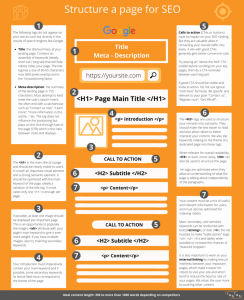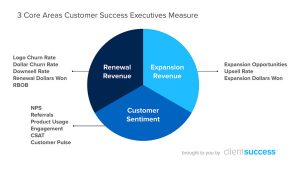— August 16, 2019

geralt / Pixabay
Data bombards decision-makers from all sides. And while there is no right answer when it comes to capitalizing on data, the ability to quickly transform it into insights about consumers is what increasingly separates Best-in-Class companies from All Others.
The problem is, according to McKinsey, fewer than 20% of companies have maximized the potential of advanced analytics and achieved it at scale. As a result, these organizations fail to make a significant impact with their data and see their efforts falling short. An insights department can help you overcome these issues.
What is an Insights Department?
An insights department is the engine that drives evidence-based business decisions and strategy. It’s how you utilize data to understand your customers’ needs and motivations better, and thus make informed decisions.
The concept is simple. First, you gain access to customer data like the buyer intent data provided by Aberdeen. Then, you need an insights department to understand, summarize, and identify opportunities from that data. From there, you should develop an informed business strategy for success.

According to a study by Harvard Business Review, “of the factors that were found to drive customer-centric growth, none mattered more than a firm’s insights engine, embodied in its insights and analytics function.” Building an insights department provides three key benefits for your company:
- It provides decision-makers with the information they need to make informed decisions.
- It transforms data into results that can be easily understood and are actionable.
- It brings your customer’s voice to the decision-making process.
So, how do you build an effective insights department?
Focus on Data Synthesis
Data is now available to every size firm in a way that it never was before. However, what differentiates the top-performing firms is their ability to link disparate data sources. According to i2020 research, while 67% of top-performing firms can synthesize data, only 34% of executives at underperformers could do the same.
A successful insights department can serve as this data aggregator, interpreter, and disseminator, — but they first have to integrate the massive and disparate sets of data they receive. They have to be able to bring in both structured and unstructured data from all sources, including sales, marketing, social media, and more. To do this, you need to implement a global marketing information system that integrates data from all of its sources into a consistent format.
Include Insights in Strategic Planning
In order for your insights department to drive business strategy, their activities and goals need to be aligned with other functions. For example, during strategic planning with marketing, finance, and sales, you’ll need to include your insights team leaders, so you know where and how to direct your growth investments. In this way, you can build the big picture on how your brand is performing, and look at what needs to be done to yield the highest return on investment.
Emphasize Collaboration
Your insights department should not be a separate team, kept away from other functions. Instead, you should regularly emphasize collaboration with other departments. The best-performing companies ensure that strategy discussions take place often, with data being used to continuously provide insight into KPIs, goals, and more. Every department would benefit from more informed decision-making.
Orient Toward the Future
Traditionally, companies have utilized data to focus on the past, reviewing projects and campaigns months after they’ve run. But with intent data—which offers up to 91% accuracy in predicting purchase intent—and an insights department, you can monitor customers in real-time and anticipate what they’ll do next. By orienting your insights toward the future, you can influence customer behavior for better results.
Accentuate Action Over Learning
An insights department that doesn’t encourage action based on data is pointless. You want an action-oriented team that’s focused not just on learning from the data, but taking that information and using it to inform current and future business decisions.
For example, let’s say your insights department discovered that the biggest growth opportunity for the company was in targeting certain keywords for paid ads. The team would then need to be able to break down that challenge into actionable items for various departments. The goal of your insights department should be to help identify strategic ways to attack challenges and reach goals, transforming insights into business results.
Final Thoughts
High-performing organizations need to be able to transform data into actionable, informed business decisions. And the best way to accomplish this is to create an insights department that places its entire focus on gathering data, understanding it, and developing a strategy for success. The goal should be to understand and meet consumer’s fundamental needs through analytics.
Business & Finance Articles on Business 2 Community
(23)







